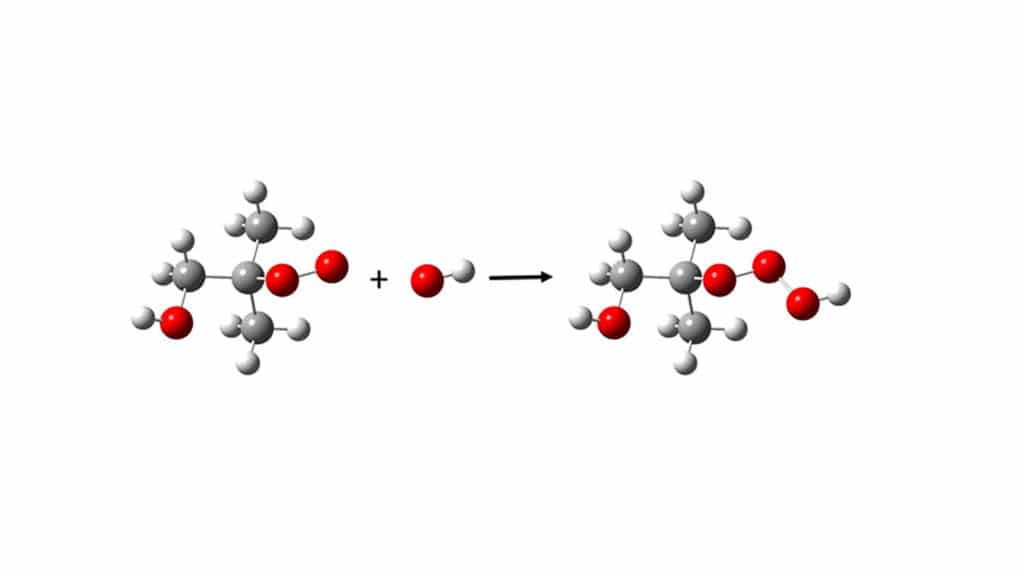Hydrogen peroxide is a commonly known chemical compound. Because of the two attached oxygen atoms, all peroxides are highly reactive, explosive, and flammable. In recent years, there has been speculation over whether trioxides can be found in the atmosphere. Yet, it remains unequivocally proven.
In close collaboration with international colleagues, scientists from the University of Copenhagen proved this in a new study. They reported discovering an entirely new class of super-reactive chemical compounds under atmospheric conditions. Scientists documented the formation of so-called trioxides- chemical compounds with three oxygen atoms attached, and thereby even more reactive than the peroxides- that likely affect human health and our global climate.
Scientists demonstrated Hydrotrioxides (ROOOH), an entirely new class of chemical compounds. These compounds are known to be strong oxidants used in organic synthesis. They are formed during the atmospheric decomposition of several known and widely emitted substances, including isoprene and dimethyl sulfide.

Professor Henrik Grum Kjærgaard at the University of Copenhagen’s Department of Chemistry said, “The type of compounds we discovered are unique in their structure. And, because they are extremely oxidizing, they most likely bring many effects that we have yet to uncover.”
Jing Chen, a Ph.D. student at the Department of Chemistry and second author of the study, said, “It’s quite significant that we can now show, through direct observation, that these compounds form in the atmosphere, that they are surprisingly stable, and that they are formed from almost all chemical compounds. All speculation must now be put to rest.”
The trioxides are also suspected of being able to permeate into tiny airborne particles known as aerosols. These aerosols pose a health hazard and can lead to respiratory and cardiovascular diseases.
Henrik Grum Kjærgaard said, “They will most likely enter aerosols, forming new compounds with new effects. It is easy to imagine that new substances are formed in harmful aerosols if inhaled. But further investigation is required to address these potential health effects.’
Co-author and Ph.D. student Eva R. Kjærgaard said, “As sunlight is both reflected and absorbed by aerosols, this affects the Earth’s heat balance – that is, the ratio of sunlight that Earth absorbs and sends back into space. When aerosols absorb substances, they grow and contribute to cloud formation, which affects Earth’s climate.”
Henrik Grum Kjærgaard said, “These compounds have always been around – we didn’t know about them. But the fact that we now have evidence that the compounds are formed and live for a certain amount of time means that it is possible to study their effect more targeted and respond if they turn out to be dangerous.”
Journal Reference:
- Torsten Berndt et al. Hydrotrioxide (ROOOH) formation in the atmosphere. DOI: 10.1126/science.abn6012
